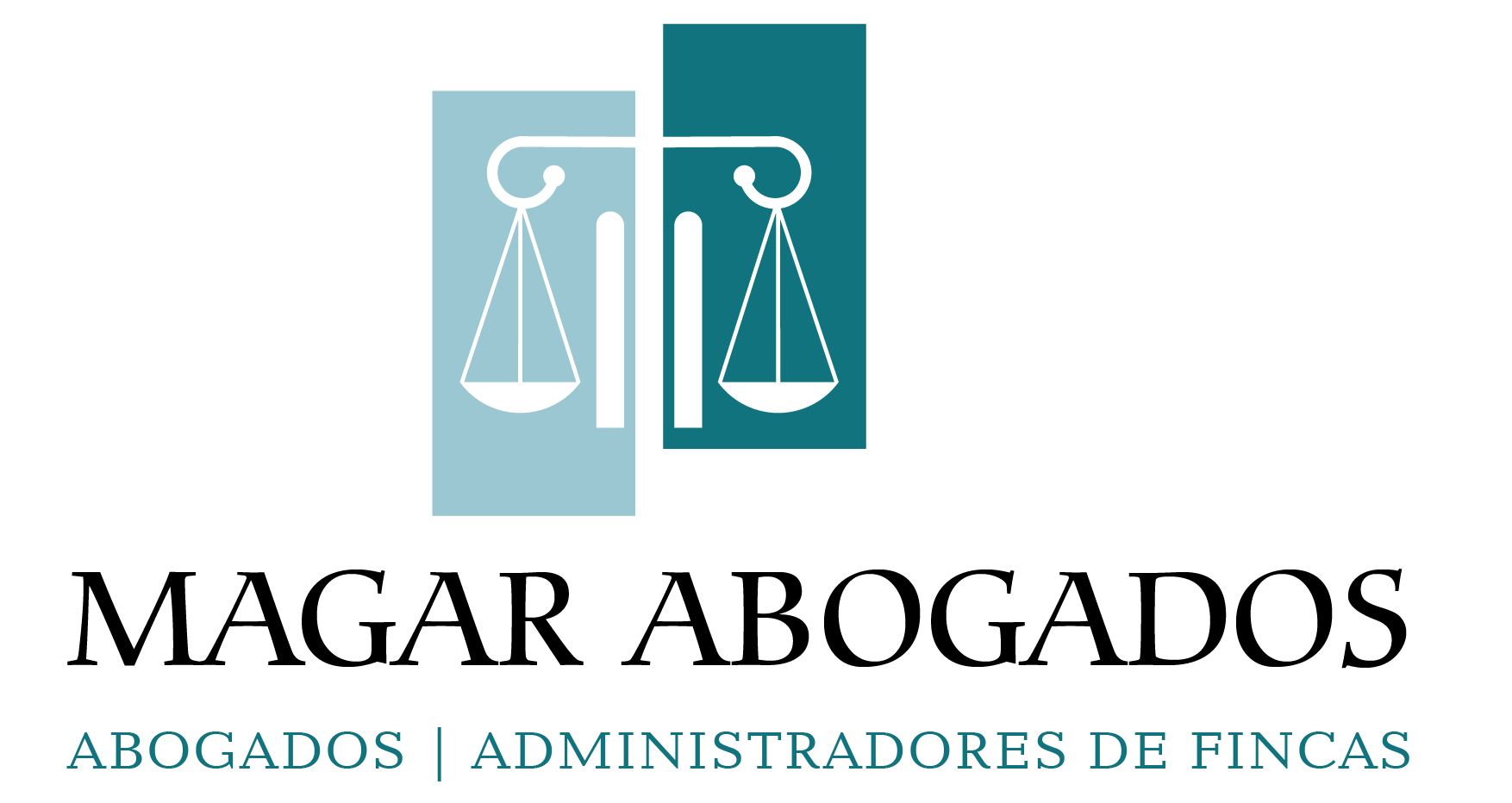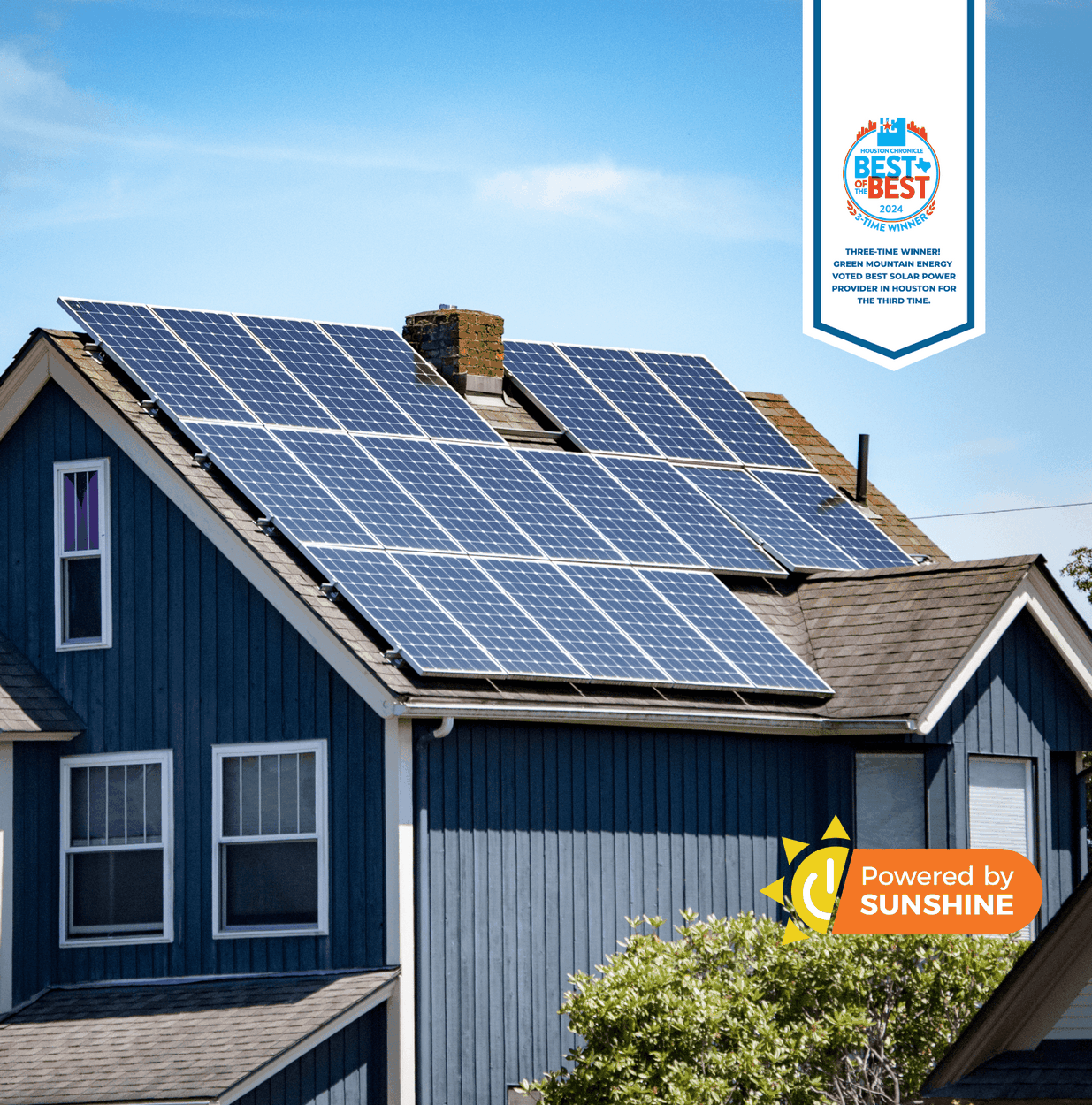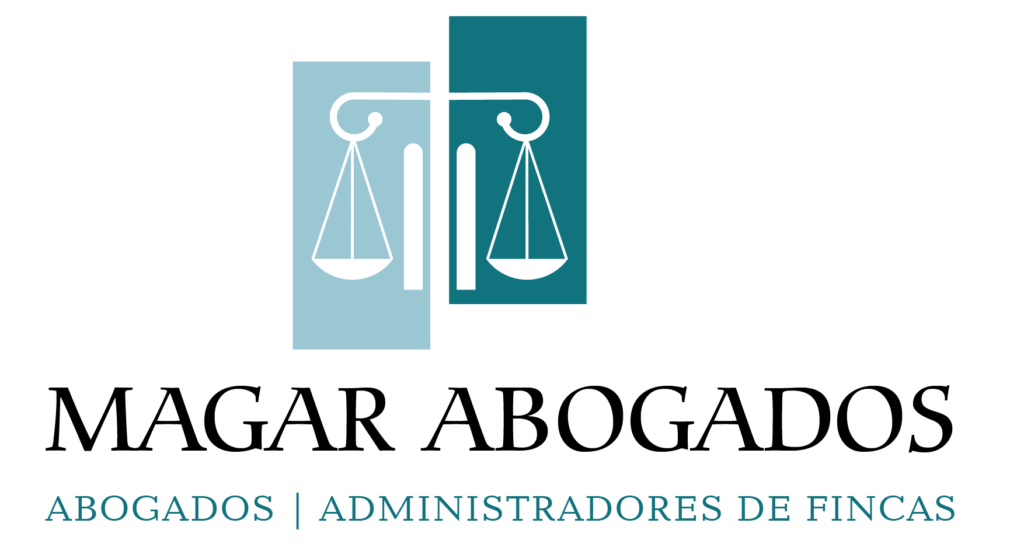Beginning with Power Efficiency
Making the home energy-efficient before mounting a renewable energy system will certainly save cash on electrical energy expenses. Energy-efficiency enhancements can conserve power and protect against warmth or awesome air from escaping. House owners can obtain home power assessments and mount correct insulation, air securing, and ENERGY CELEBRITY- certified home windows, heating cooling devices, cooking area devices, and illumination systems. Smart water usage, available daytime, proper landscaping, and native plants can also improve home performance.
Incorporate Renewable Resource
When home energy-efficiency enhancements have been made, property owners are best placed to take into consideration alternatives for setting up a renewable resource system.
Geothermal Warm Pumps
Geothermal heat pumps, also referred to as ground resource or water resource heat pumps, transfer warm into and out of the home, using the ground as both a warm source and a heat sink. These pumps can attain performances two to three times higher than generally used air source heatpump (ASHPs), because they count on the relatively constant ground temperatures to move warm to or from a home. Throughout much of the United States, the temperature level of the upper 10 feet of the ground stays in between 45deg; deg; F and 75 deg; F, and typically in between just 50deg; deg; F and 60 deg; F.follow the link renewable-energy-advisors.com At our site By contrast, air temperatures can vary, over the course of a year, from listed below 0deg; deg; F to over 100 deg; F. Geothermal heatpump are durable and sturdy, and specifically outfitted systems can likewise supply warm water during the summertime. While purchasing and mounting a geothermal heatpump costs greater than mounting an ASHP system with similar ability, the additional costs can be recovered through energy financial savings in 10 to 15 years compared with ASHPs.
Solar Water Home Heating
Solar water heaters use sunshine to warmth water for the home. Solar water heating systems make use of insulated tank and solar batteries to catch and keep warm from the sun, and heat flowing water. Solar water heaters need a back-up system, such as conventional hot water heating units, when there is insufficient sunlight.
Solar Power Systems
Solar photovoltaic or pv (PV) systems convert sunlight right into electrical energy. Solar power can create all or some of a homes power requires, relying on the variety of photovoltaic panels utilized, and can heat water as well. With sufficient sunlight, PV systems can harness power in hot and cold climates. The fundamental foundation of a PV system is the solar battery. Multiple solar batteries create components called photovoltaic panels that vary in output from 10 to 400 watts. Panels are developed to endure tornado and hail storm damages and are resistant to deterioration from ultraviolet rays. They are very reputable and call for little maintenance. Panels are typically organized together on a structure rooftop or at ground level in a shelf to create a PV range. The range can be mounted at a taken care of angle or on a tracking gadget that follows the sunlight to make best use of sunshine capture.
Wind Energy Equipment
Small domestic wind energy systems can create all or some of a homes power demands(if sufficient land area and ordinary wind speeds are offered) and can be incorporated with solar and battery storage to give emergency back-up power. Wind generators utilize the motion of the wind to transform a shaft attached to a generator, that makes electrical energy. The size of the generator and the rate of the wind figure out how much power it will make. Normal domestic wind power systems have power ratings varying from 5 to 30 kilowatts. To be an appropriate candidate for a wind system, a homeowner needs to contend the very least one acre of land and reside in an area that has an ordinary yearly wind speed of at the very least 10 miles per hour. The turbine tower height ought to be picked based on the height of close-by wind blockages, such as structures or greenery, and are commonly 60 to 140 feet high.
Estimated Expenses
Federal and state incentives can substantially reduce the ahead of time prices of setting up a renewable energy system. The Database of State Incentives for Renewables Effectiveness can assist house owners discover rewards near them. And also, renewable energy systems can spend for themselves over time. Grid-connected solar and wind systems are specifically affordable since excess electricity is returned to the power grid and can make property owners straight rebates or credit ratings from local energy suppliers.
- Solar PV systems cost about $3 per watt installed. A 7,000 watt (7 kilowatt) system as a result costs concerning $21,000 to install. Such a system would supply 20 to 35 kilowatt-hours of electrical energy per day, relying on climate, and can fulfill the majority of a homes
- need. Solar hot water systems can satisfy 50% of the hot water requires for a household of 4 and typically cost between $5,000 and $7,000 to install.
- Small wind power systems set you back approximately $5 per 120 kilowatts to set up. Investing in and setting up a system can vary from $10,000 to $70,000, relying on regional zoning, permitting, and energy interconnection expenses.
Marketing Power
Lots of house owners can offer any excess energy their solar and wind systems produce back to their energy suppliers and, therefore, settle their renewable resource investments more quickly. The majority of states have actually established internet metering policies for clients that generate excess power with solar, wind, or other systems and feed it into the grid. In net metering, a bi-directional meter documents both the electricity the home draws from the grid and the excess electrical power the house owners system feeds back into the grid.



